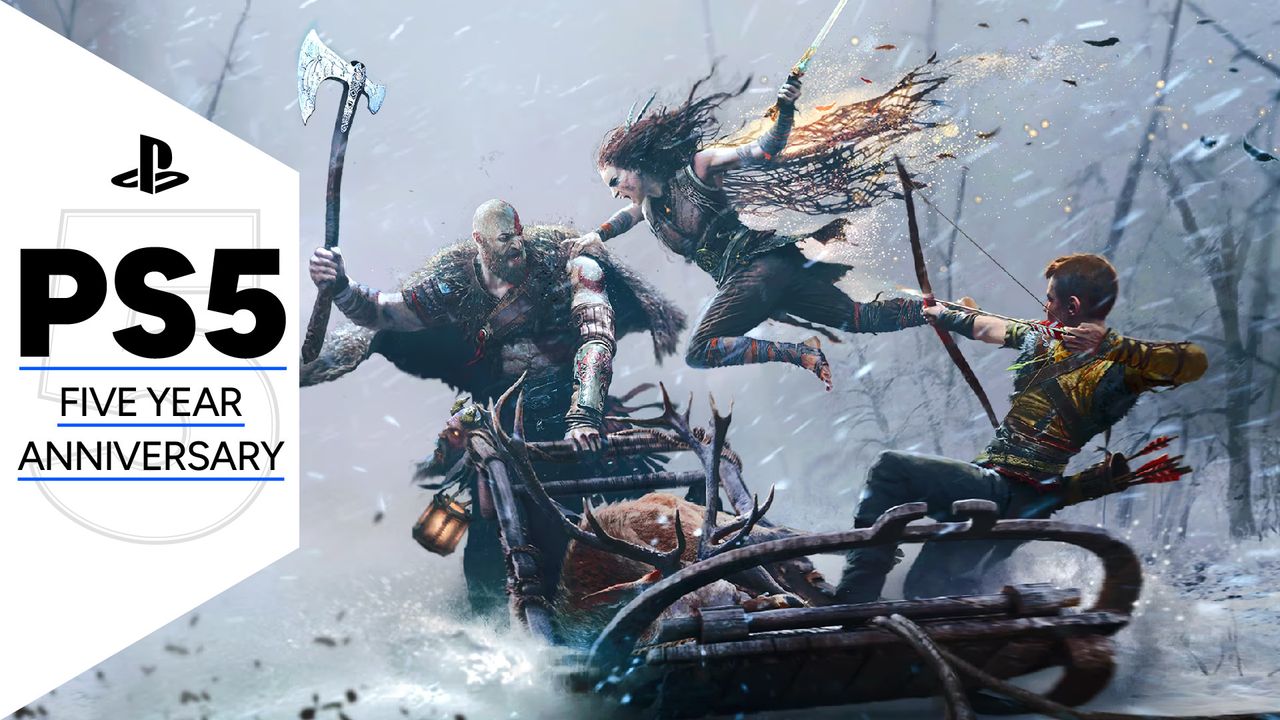
Five years into PlayStation 5’s life cycle, no first-party game from Sony has had a bigger impact on me than God of War: Ragnarok. For many, it was a bigger and louder sequel. Some celebrated this while others didn’t. Three years after hitting both PS5 and PS4, it remains a bolder follow-up than most.
On paper, Ragnarok checks all the right boxes for Sony and those who adore the video game giant’s usual first-party output: It's was somehow even more cinematic than 2018’s soft-reboot, cuts much deeper with its brutal combat and stat-heavy build customization, and expands the scope of the world in ways I didn’t think possible – in just four years of development (that we knew of). Meanwhile, I'm just impressed by how much story co-directors Eric Williams and Cory Barlog – as well as narrative director Matt Sophos – crams in.
The best epics need more time, not more entries

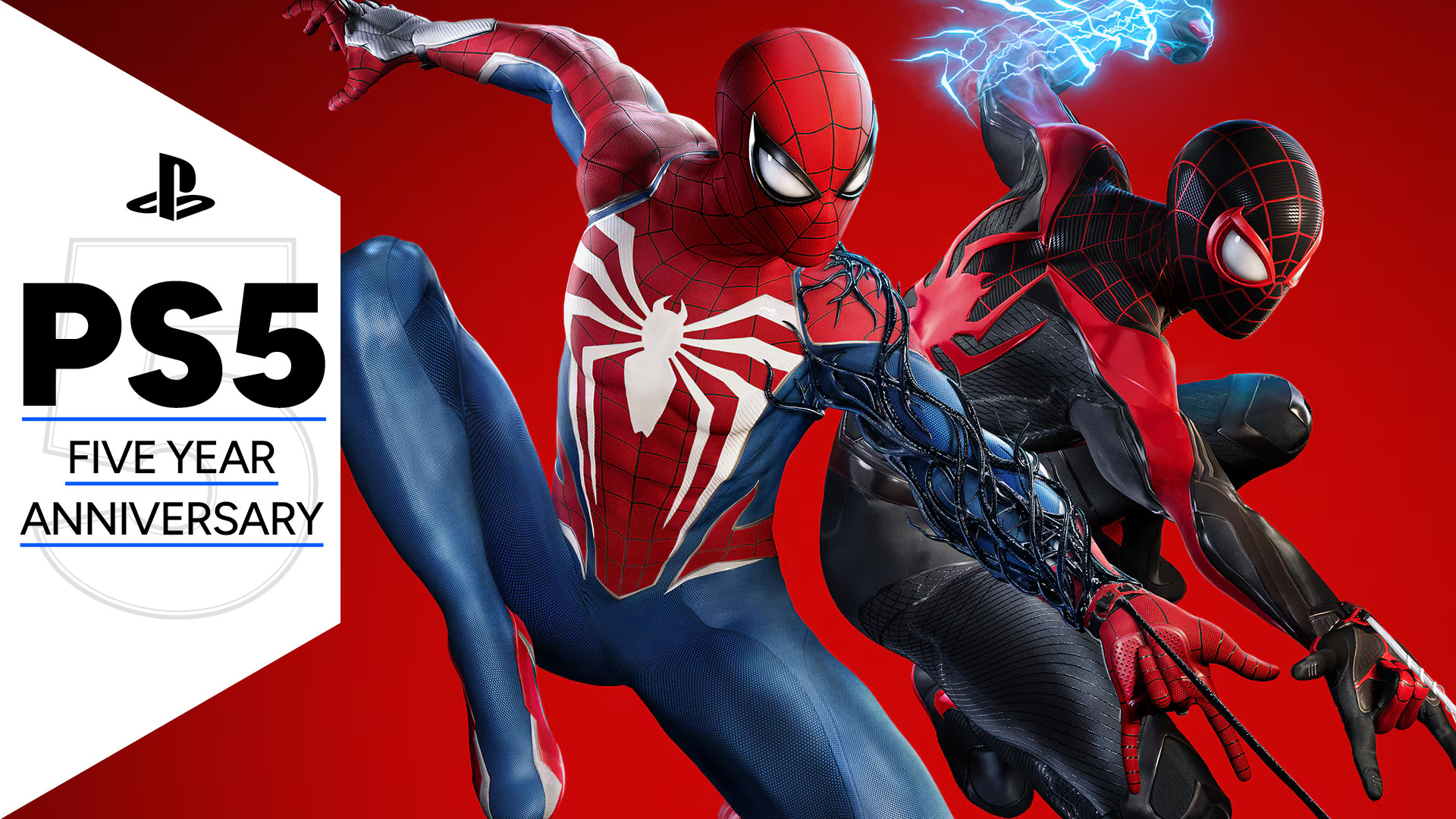
Spider-Man 2 isn't just gaming's best superhero fantasy – it proves the PS5 is home for Marvel fans like me. We're celebrating 5 years of PS5 by looking at the console's best moments as well as what's in store for the future.
God of War: Ragnarok feels like two games in one, both in structure and length. This makes it too lumbering for the players and critics who’d rather have a more streamlined experience, but for a Norse epic with so much ground to cover, it’s just right. Kratos’ original adventures in Greece were breezy as they were tied to the action-adventure design conventions of the 2000s, and the 2018 revival didn’t risk overstaying its welcome. Ragnarok is the first time the series embraces the density that mythological epics – and I’d include many JRPG classics – are typically known for.
The easier (and more profitable) path forward would’ve been to cut Kratos and Atreus’ second on-screen adventure in half. There are enough characters, plot points, locations and whatnot to fuel two entire games worthy of the Leviathan Axe. If you avoided all marketing and reviews, there are three-to-four big story moments where you’d go “this is the ending.”
But the game just keeps going, fluidly switching between the father and son’s points of view – which adds more layers to already excellent character work – to keep things engaging without breaking its unspoken one-shot rule.
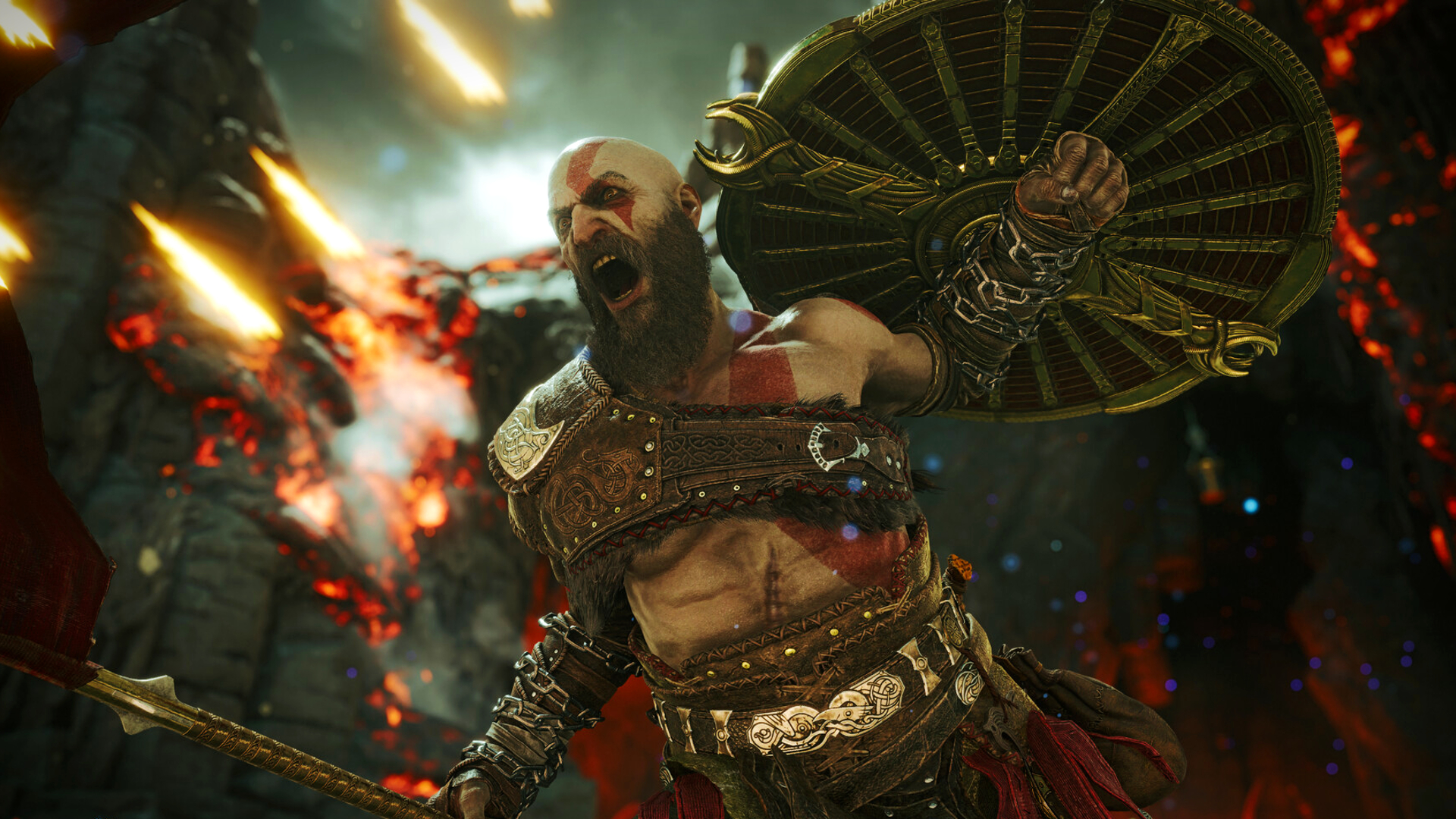
Few second entries in gaming are as ambitious as this duology capper.
As big-name publishers and studios desperately seek stability, securing as many Kratos-led entries as possible after an astoundingly successful reboot was kind of a no-brainer. Hell, we’re even getting a live-action show that will retell the same tale. The hunger for more Kratos – a character I personally believe we should collectively let go of – is there, yet the creatives and (shockingly) the powers that be at Sony made the hardest but more sensible choice for this specific saga.
The Norse saga is completely done by the time the credits roll. All those realms teased in the original as it was running out of time to close up its fairly restrained narrative? Visited. The Fimbulwinter? Dealt with. The Asgardian family drama? Explained and resolved in depth. We even got to spend far too long with Angrboda in Jötunheim, messing about as Ragnarök approached. Few second entries in gaming are as ambitious as this duology capper.
Cinematic language and game design flexibility
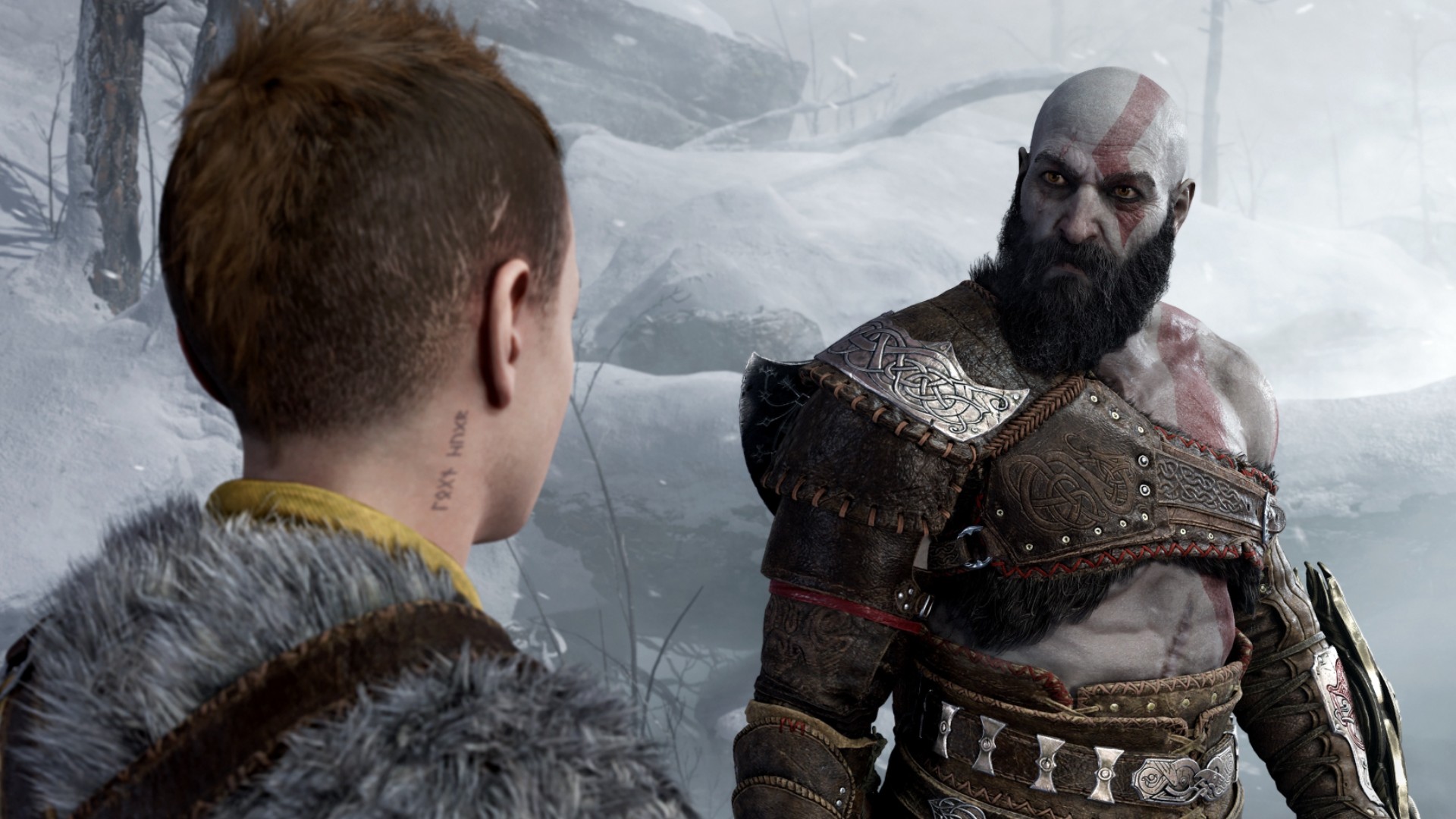
I love vast worlds in video games, regardless of whether they’re enchanting sandboxes or interconnected areas like in these last two God of War installments. But few massive game worlds feel truly connected to the narratives supposedly holding the entire shows together. Sony Santa Monica knows how to steer Ragnarok to keep it in that difficult lane, giving us just enough air to soak up the views, help each realm’s locals, and learn more about the outstanding cast as we fight through hordes of Draugr, maddened Dark Elves, and anyone dumb enough to oppose the Ghost of Sparta and his offspring.
God of War: Ragnarok allows itself to slow down, trusting that folks who jumped into its jumbo-sized odyssey loved its characters and many worlds enough to stick around during the more quiet sections. In the age of instant gratification and too many games dangling ‘content carrots’ in front of players, returning to the Nine Realms feels truly rewarding in a way that’s hard to describe. Ragnarok is a collected game, a rare AAA occurrence which isn't trying to please everyone, but only the people truly invested in its epic tale. Taking things slow also makes (most of) the secondary content gain weight and feel relevant to the characters’ larger-than-life journeys. It’s hard to imagine the later beats hitting as hard as they did for me without completing the ‘Secret of the Sands’ favor, for example.
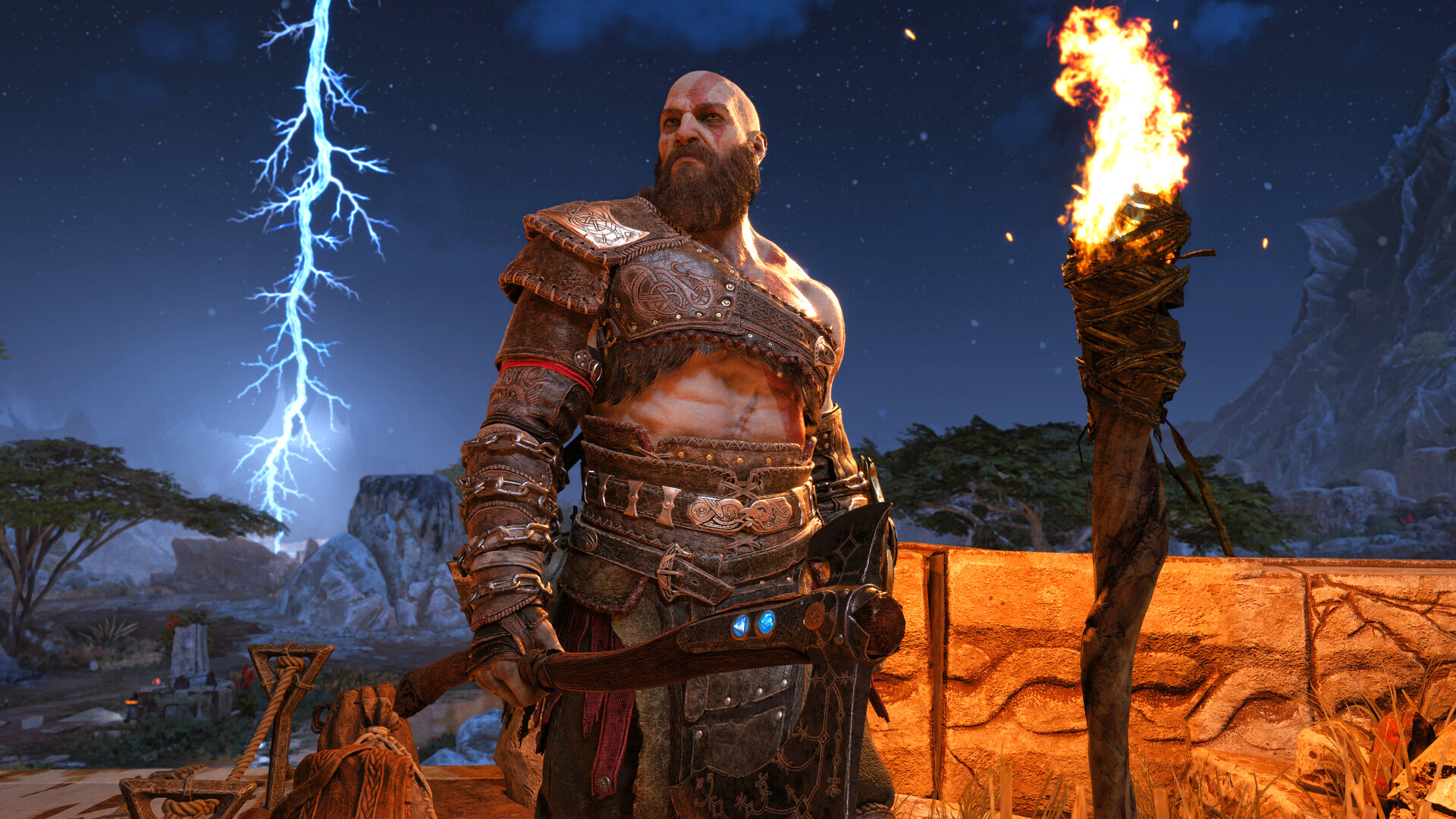
Similarly, Eric Williams and Cory Barlog’s direction is confident enough to continue to mix scenes and entire on-rails set pieces seen through a cinematic lens with lengthy sections that feel old-school video game-y in an unashamed manner that’s hard to come by in Sony’s first-party single-player output (Astro Bot innocent) these days. I love me some well-shot and beautifully rendered 3D Metroidvania adventuring which becomes a Hollywood blockbuster only when it needs to up the drama.
As the games industry – Sony’s studios included – tries to fix the problems that have inevitably come with ballooning budgets and long development cycles by making more video games that are for everyone (and often for nobody as a result), God of War: Ragnarok stands tall as a recent and successful example of the power of committing to a single specific vision that doesn’t strictly follow tired genre conventions.
Check out our best PS5 games ranking for what to play next!







